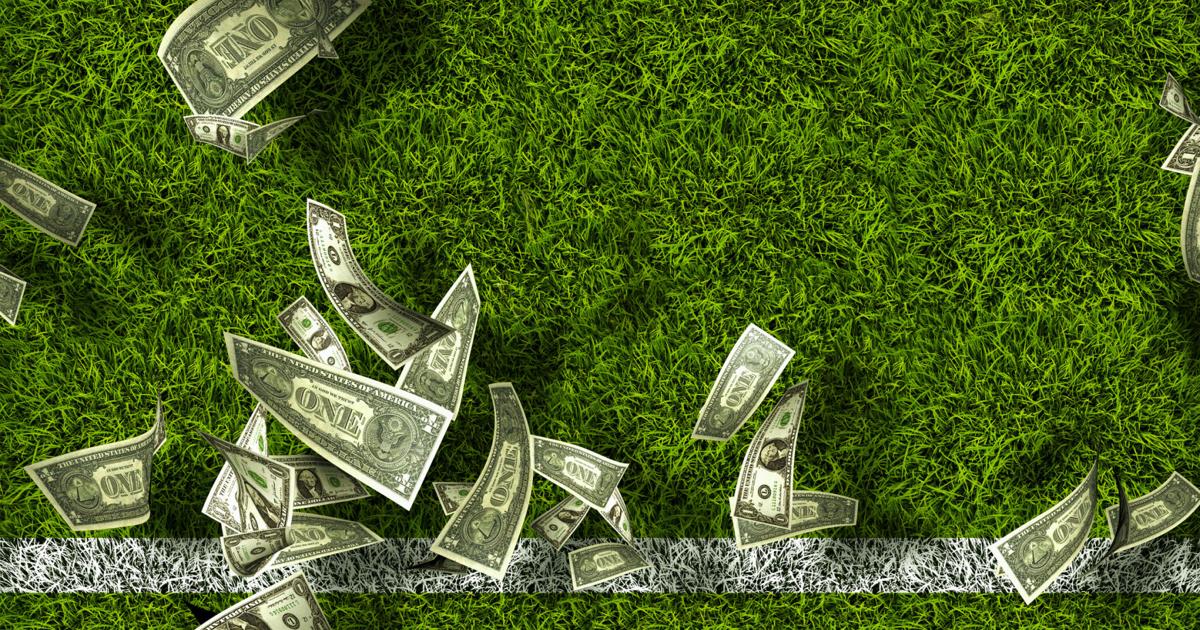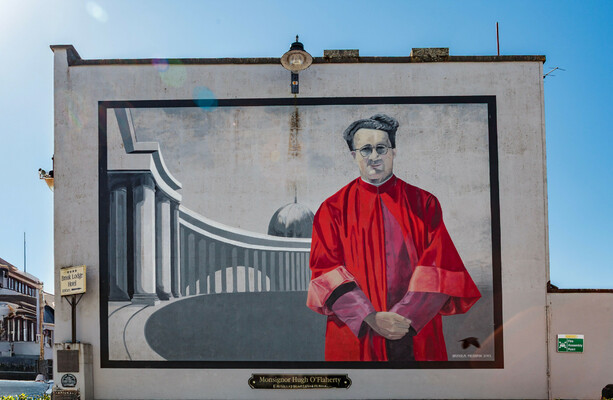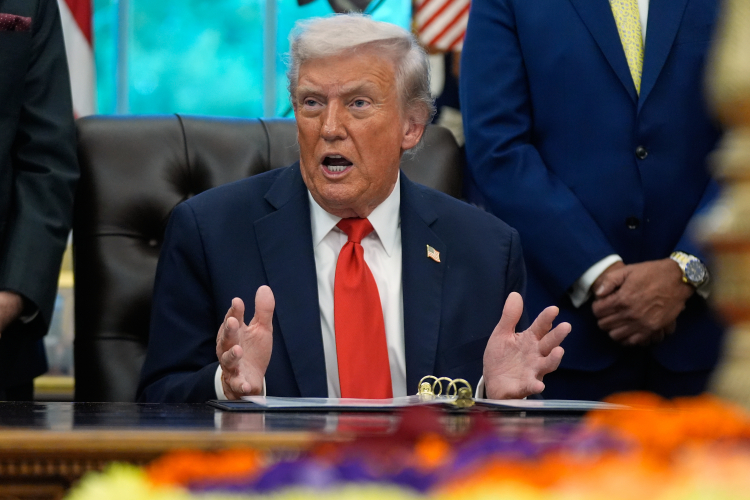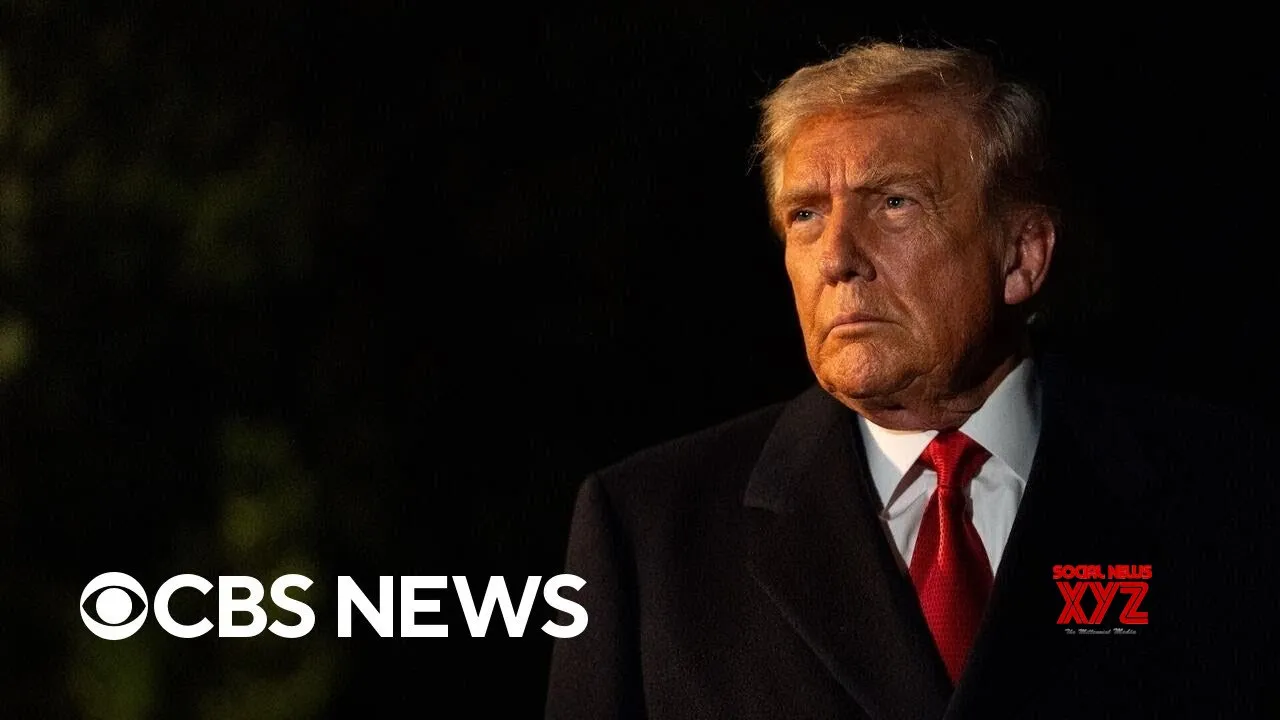Copyright berkshireeagle

Now that the academic year has begun, it’s time for serious scholarship, a heavy course load — and college football! Colleges and universities rake in billions of dollars each year from athletic programs, primarily from media rights, sponsorships and ticket sales. Football is the biggest revenue producer, followed by basketball and other sports such as hockey and baseball. In 2023, the Big Ten (actually 18 schools) secured a $7 billion media deal with CBS, NBC and FOX that lasts through the 2029-30 athletic year. Why shouldn’t student-athletes share in the bounty by being compensated for the commercial use of their name, image and likeness, aka NIL? As of 2021, they can. Most states, including Massachusetts, allow NIL payments; more than 450,000 student-athletes have earned NIL money. The NIL market is now worth an estimated $2.3 billion. Where NIL compensation is allowed, colleges and universities have imposed their own policies. For example, Williams College’s policies prohibit NIL compensation for promoting sports wagering, smoking products, alcohol, illicit drugs (even marijuana and CBD oil), performance-enhancing drugs, gambling and pornography. And NIL payments cannot be based on athletic performance. Historically, college sports were promoted as contests involving only amateur athletes. That changed primarily as a result of two court cases. In 2009, a former UCLA basketball player, Ed O’Bannon, sued the NCAA when he discovered that his likeness was being used in a video game without his consent or compensation. In 2015, the Ninth Circuit court held that the NCAA rule barring such compensation violated Section 1 of the Sherman Antitrust Act. In Alston v. NCAA, a 2021 decision, the Supreme Court ruled that NCAA’s restrictions on providing college athletes with in-kind compensation for academic-related purposes was in violation of anti-trust laws. After that ruling, the NCAA adopted new policies allowing athletes to profit from NIL. The average NIL annual earnings are in the range of $1,000 to $10,000, but individual student-athletes can earn millions. A few notable examples: In 2024, Colorado Buffaloes (University of Colorado Boulder) quarterback Shedeur Sanders earned $6.2 million from sponsorship deals with Nike, Gatorade, Mercedes-Benz, KFC and others. One of his wide receivers, Travis Hunter, earned $5.2 million in NIL payments. Cooper Flagg, the Duke University basketball forward, earned $2.7 million. Livvy Dunne, a Louisiana State University gymnast, earned $4.2 million from use of her name, image, and likeness. NIL payments even extend to high school athletes — legal in almost all states, including Massachusetts. A 2023 national poll revealed that 54 percent of Americans believe that high school athletes should be allowed to earn money through endorsement deals. Support was higher among respondents who are Black (74 percent) and Hispanic (73 percent). NIL is positive because it empowers student athletes to build their personal brands and secure financial benefits while in college or even in high school. But there are negatives. NIL deals go to revenue-generating sports like football and basketball to the detriment of other college sports. They heavily favor male athletes at top institutions and create more inequality by challenging competitive balance. Additionally, they blur the line between amateur and professional sports, undermining the ethos of college athletics; foster a culture of individualism, diminishing the sense of team loyalty; prioritize NIL opportunities over academic considerations in deciding which school to attend; and open up opportunities for corruption. Two months ago, members of the U.S. House of Representatives introduced an amended college sports bill known as the SCORE Act (Student Compensation and Opportunity through Rights and Endorsements) to protect student-athletes’ NIL rights and receive fair compensation for use of those rights. If it passes, the SCORE Act will provide national uniformity on the contentious issues NIL presents.



